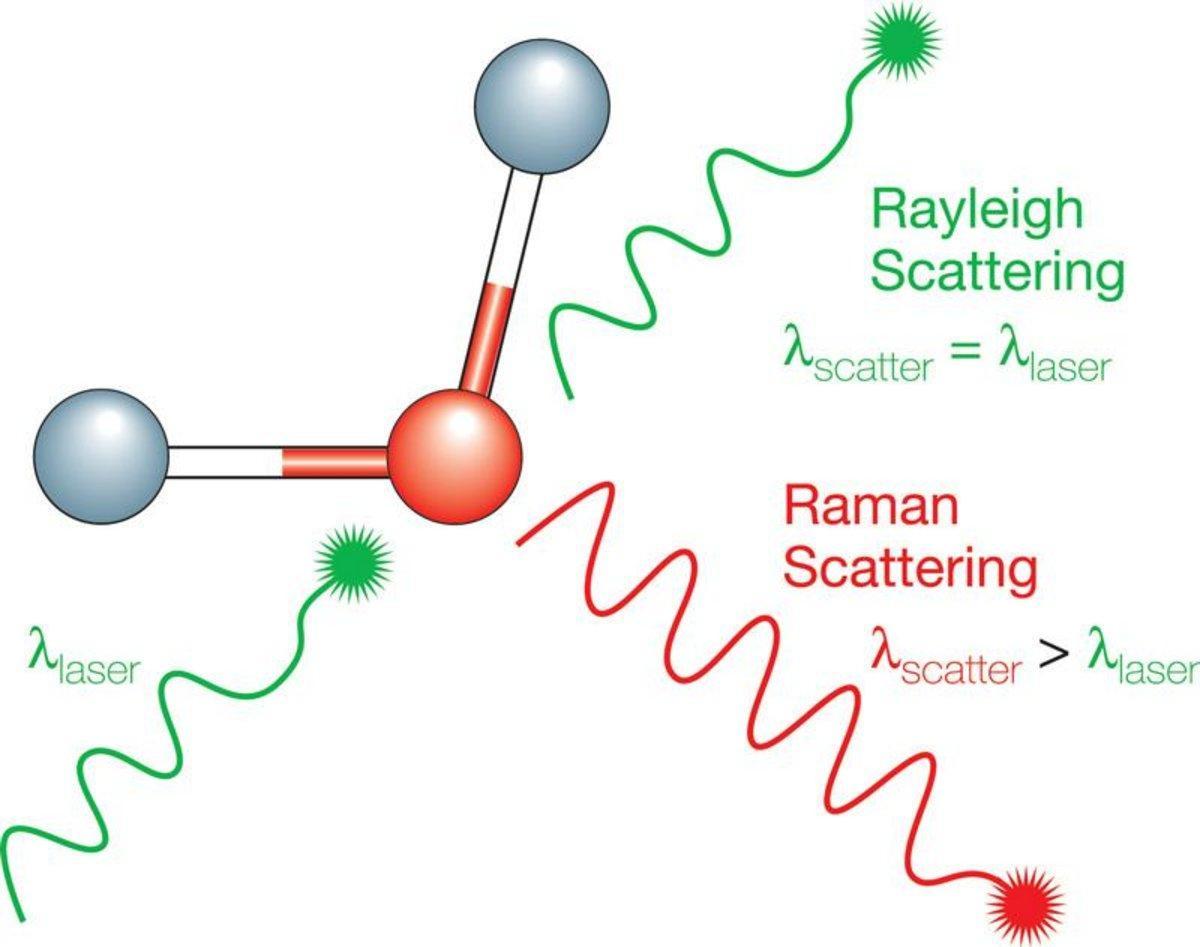Contents

Source: HORIBA
<>
Raman Spectroscopy: A Comprehensive Overview
Introduction to Raman Spectroscopy
Raman spectroscopy is a powerful technique based on the principles of inelastic light scattering, discovered by Sir Chandrashekhara Venkata Raman. It involves the analysis of scattered light to provide valuable information about the vibrational and rotational states of materials.
Spontaneous Raman Scattering
In spontaneous Raman scattering, a sample is irradiated with a laser beam, leading to frequency-shifted components that reveal details about the sample’s molecular structure. Raman spectrometers are used to analyze these frequency shifts, providing insights into the excitation states of the material.
Comparison with Absorption Spectroscopy
Raman spectroscopy differs from absorption spectroscopy in that it uses higher photon energies and is not tuned to electronic transitions. This allows for the use of constant frequency lasers and offers advantages in studying substances unaffected by water interference.
Applications of Raman Spectroscopy
Raman spectroscopy finds applications in various fields, including scientific research, pharmaceutical monitoring, substance identification, polymorphism analysis, explosives detection, and temperature measurements. Its versatility makes it a valuable tool in many industries.
Refinements and Advanced Techniques
Advanced techniques like polarized Raman spectroscopy, Surface-enhanced Raman spectroscopy (SERS), Tip-enhanced Raman spectroscopy (TERS), and Coherent Anti-Stokes Raman Spectroscopy (CARS) provide enhanced sensitivity and spatial resolution for specific applications.
Raman Microscopy
Raman spectroscopy can be combined with microscopy to achieve high spatial resolution and detailed chemical information at the microscopic level. Techniques like confocal microscopy and TERS enable researchers to study samples with exceptional precision.
Conclusion
Raman spectroscopy is a versatile and powerful analytical tool that offers valuable insights into the molecular composition and structure of materials. With its wide range of applications and advanced techniques, Raman spectroscopy continues to be a cornerstone in scientific research and industrial analysis.

Source: Wikipedia
Feel free to comment your thoughts.



